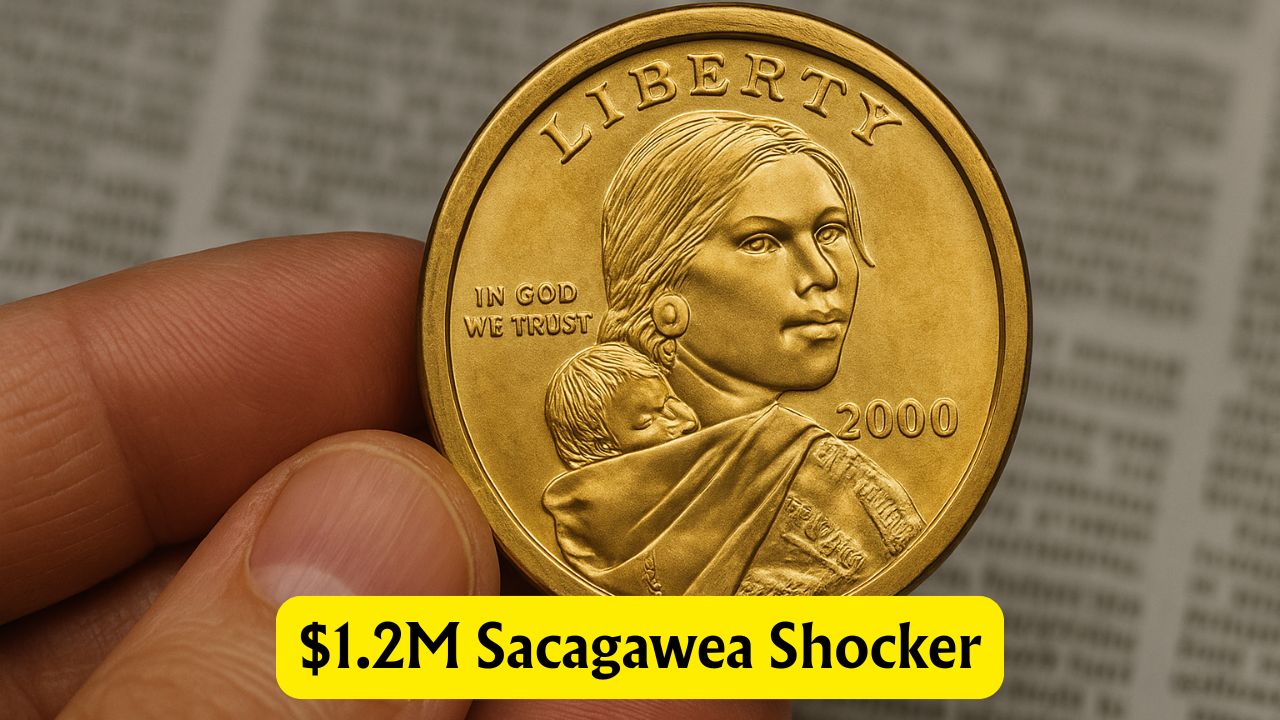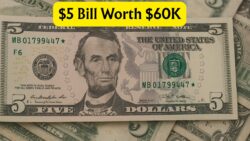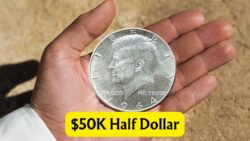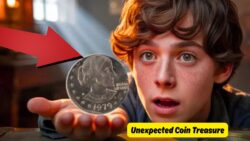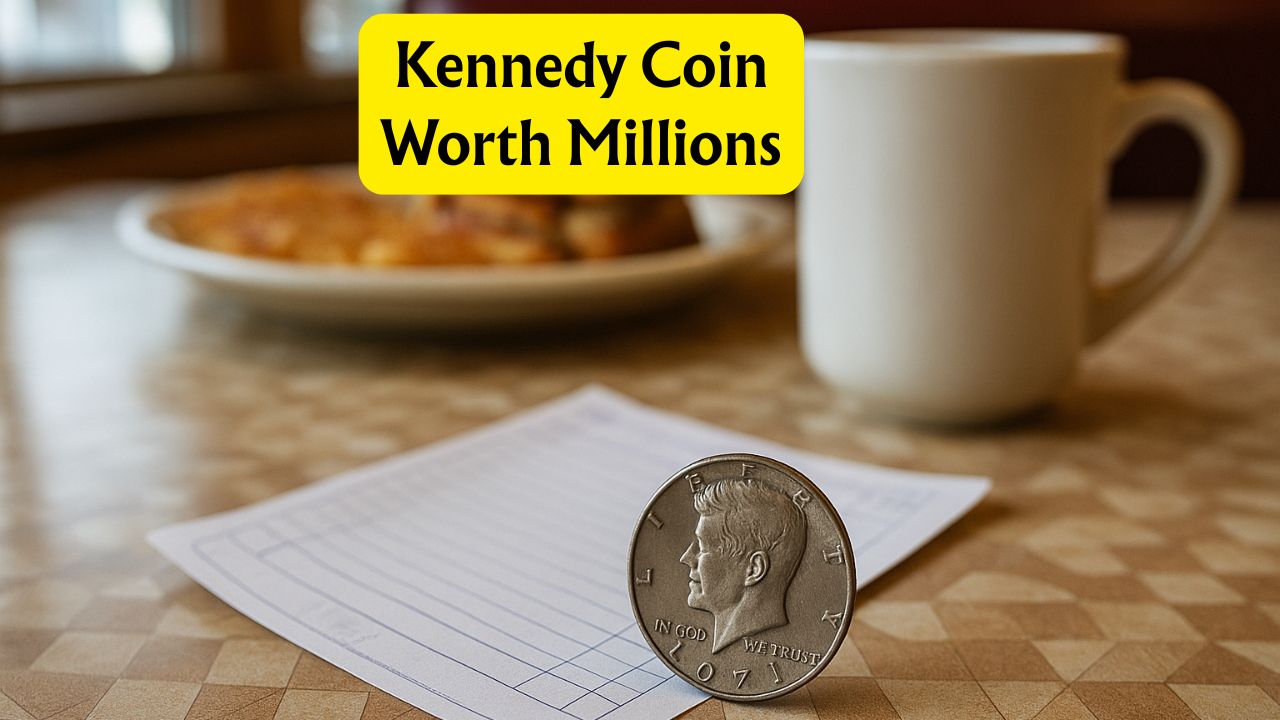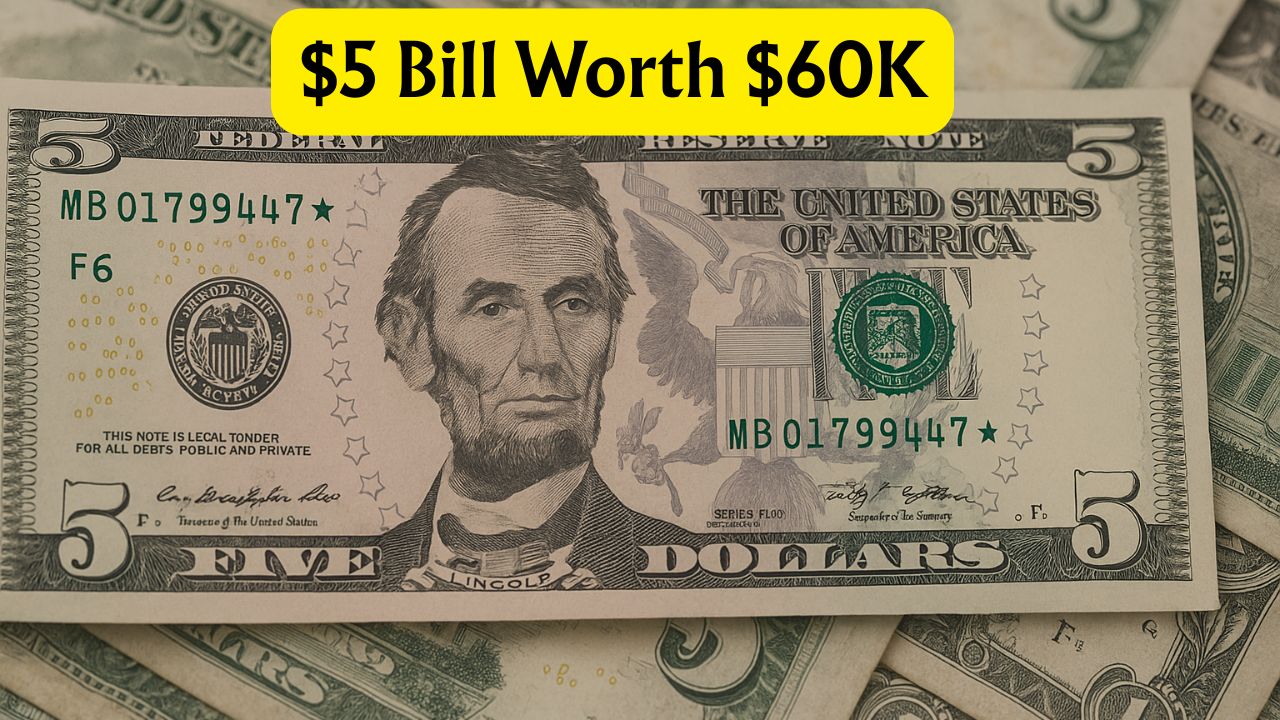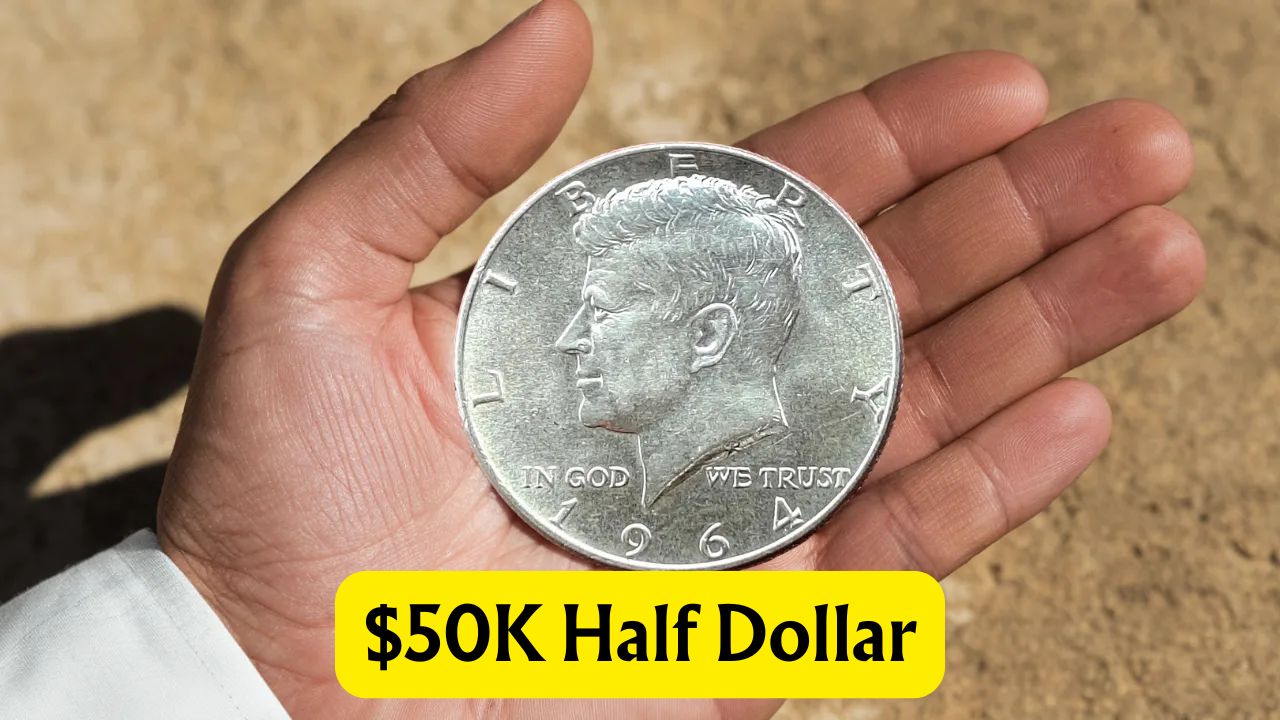$1.2 Million Sacagawea Dollar – In the world of numismatics, few stories are as thrilling as the accidental discovery of a coin worth more than a million dollars. Such is the case with the legendary Sacagawea Dollar that was once thought to be just another token—until experts confirmed its jaw-dropping value of $1.2 million. Found by chance, this golden coin not only shocked collectors but also became a symbol of how history, error, and rarity can collide to create immense value. The Sacagawea Dollar was first introduced in 2000 by the U.S. Mint as a replacement for the Susan B. Anthony dollar. Featuring Sacagawea, the Shoshone woman who helped guide Lewis and Clark, the coin was meant to increase usage of dollar coins in circulation. But little did anyone know that a few test pieces from the Philadelphia Mint, struck with a different reverse design and made from special planchets, would one day become million-dollar treasures. This particular $1.2 million Sacagawea dollar became legendary not only for its rarity but because it was initially mistaken for a common token or a promotional piece—until a sharp-eyed collector dug deeper. What followed was a stunning journey through U.S. Mint history, auction records, and a surge in interest from coin hunters across the nation.
What Makes This Sacagawea Dollar Worth $1.2 Million?
At first glance, the coin looked like an ordinary golden dollar. But its extraordinary features made it one of the rarest coins in U.S. history.
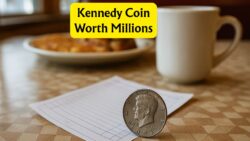 Tipped and Forgotten: How a Kennedy Coin Left at a Diner Is Now Making National Headlines!
Tipped and Forgotten: How a Kennedy Coin Left at a Diner Is Now Making National Headlines!
Unique Factors Behind the Coin’s Value:
- Struck in 1999 instead of the standard 2000 release year.
- Reverse design of a Washington Quarter mistakenly struck on a Sacagawea dollar obverse.
- Made from a gold-toned planchet, unlike regular circulation Sacagawea dollars.
- Only 12 known specimens confirmed to exist.
- All believed to have been struck as test pieces at the Philadelphia Mint.
- Never officially released to the public—intended for internal Mint testing.
- Certified as genuine by PCGS and NGC, the top coin grading agencies.
The Coin’s Journey: From Mistake to Million-Dollar Marvel
When the coin was first found, it was dismissed as a token due to its color and odd design mix. But a curious collector had it evaluated by a professional—and that decision changed everything.
Timeline of Discovery:
| Year | Milestone |
|---|---|
| 1999 | Mint struck experimental coins for internal testing. |
| 2000 | Sacagawea dollar released for general circulation. |
| 2001 | First discovery of the mule error coin (quarter reverse + dollar obverse). |
| 2005 | The $1.2 million coin verified and certified. |
| 2006 | Sold in a private sale to a high-profile collector. |
| 2020s | Price estimated to exceed $1.2 million due to market demand. |
What Is a Mule Coin? Why It’s So Rare
In minting terminology, a “mule” is a coin struck with obverse and reverse designs that were never intended to be paired together. This makes them incredibly rare and valuable.
Notable Features of Mule Errors:
- Often struck during transitional years or testing periods.
- Mistakes usually occur during die setup or planchet mismatching.
- U.S. Mint has only confirmed a handful of mule coins in history.
- Mule coins usually never enter circulation, making them ultra-scarce.
This particular mule error paired the Sacagawea dollar front (obverse) with the Washington state quarter back (reverse)—an unintended but astonishing combination that created numismatic history.
Who Bought It? The Mystery Buyer and Auction Details
Although the buyer of the $1.2 million coin has chosen to remain anonymous, auction house insiders revealed it was a private collector known for acquiring rare U.S. coins.
Known Details:
- Sold via Heritage Auctions in a confidential private deal.
- Coin was graded MS-66 by PCGS, indicating near-perfect condition.
- Buyer outbid multiple collectors and institutions.
- Estimated current value in 2025 is over $1.5 million due to rarity inflation.
Why Coin Collectors Are Obsessed With Sacagawea Dollars
The Sacagawea dollar, although not widely circulated today, has gained a cult following among collectors, especially due to rare variants like the Cheerios Dollar and this mule error.
Other Notable Sacagawea Rarities:
- 2000-P Cheerios Dollar – Special strikes sent in Cheerios boxes, now worth over $10,000.
- 2000-W Sacagawea Dollar – West Point Mint proofs, extremely rare.
- 2000-P Goodacre Presentation Dollar – 5,000 coins with satin finish, given to sculptor Glenna Goodacre.
Each of these coins carries a piece of history and, in some cases, accidental magic that makes them far more valuable than face value.
Tips: Could You Have a Rare Coin Sitting in Your Change?
While this $1.2 million Sacagawea Dollar is exceptionally rare, many valuable coins still go unnoticed. You could be holding onto a small fortune without realizing it.
How to Identify Rare Coins:
- Check for unusual pairings (mule errors).
- Look at mint marks – “W”, “S”, or missing marks can be rare.
- Inspect for date errors like doubled dies or misprints.
- Use a magnifying glass to examine fine details.
- Get your coin graded by NGC or PCGS for certification.
This $1.2 million Sacagawea dollar is a powerful reminder that the rarest treasures often lie hidden in plain sight. What started as a minting mistake turned into a numismatic legend—forever changing how we see the coins in our pockets.
If you’re a casual coin saver or a serious collector, stories like this show why every coin should be treated with a second look. After all, that “token” you ignore today might just be tomorrow’s million-dollar discovery.
FAQs of $1.2 Million Sacagawea Dollar
Q1: What is the $1.2 million Sacagawea Dollar?
A1: It’s a rare mule error coin from 1999 featuring the Sacagawea obverse and Washington Quarter reverse, now valued at over $1.2 million.
Q2: How many of these rare Sacagawea mule coins exist?
A2: Only 12 authenticated examples are known to exist.
Q3: Can you still find valuable coins in circulation?
A3: Yes, although rare, coins like error coins, early mint issues, and proofs occasionally surface in change.
Q4: Where can I get a coin appraised?
A4: Use certified coin graders like PCGS or NGC, or visit local numismatic shows for expert appraisals.
Q5: What is a mule coin?
A5: A mule coin is one that has mismatched obverse and reverse designs not intended to be paired, usually due to minting errors.
